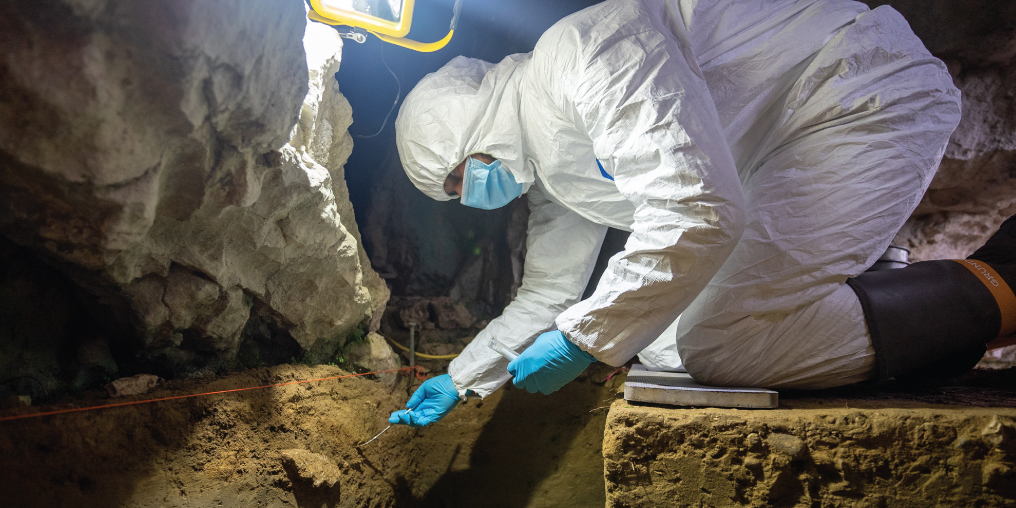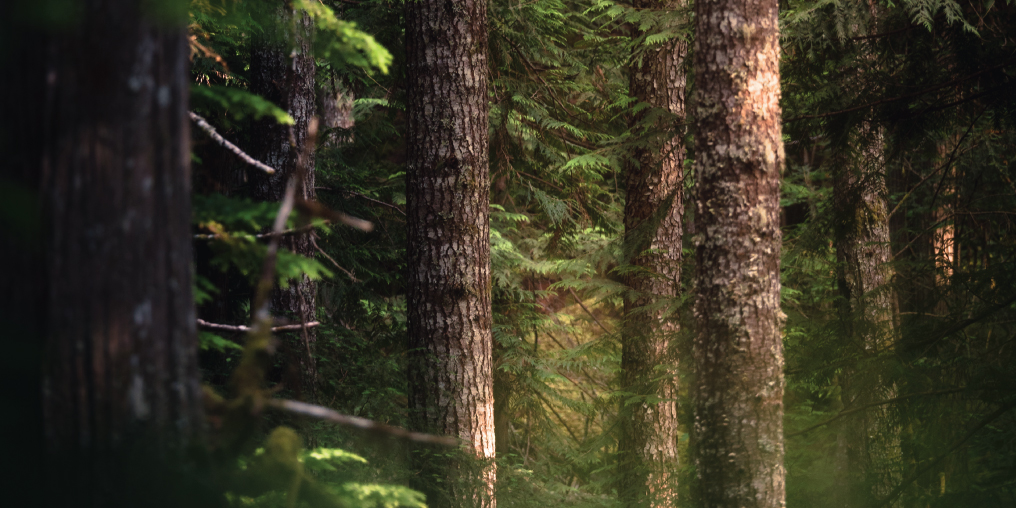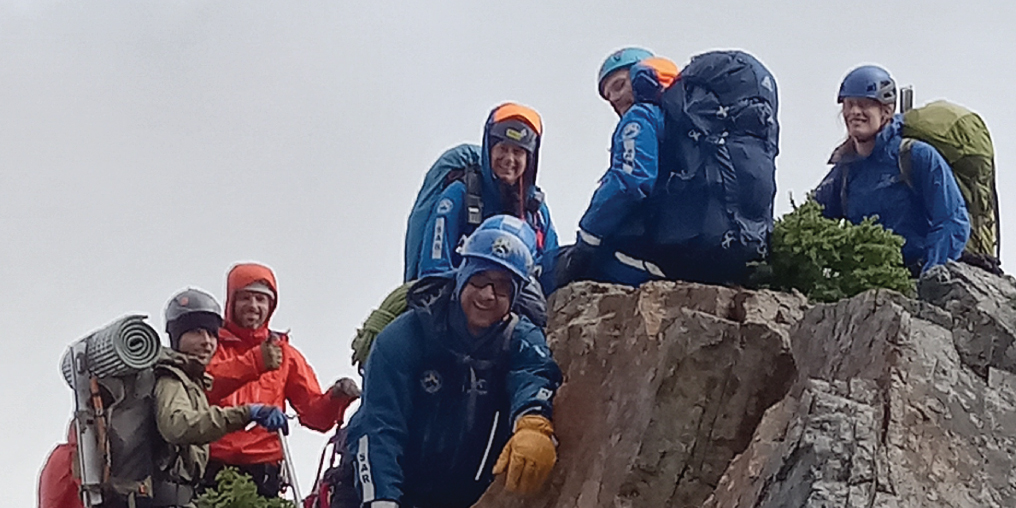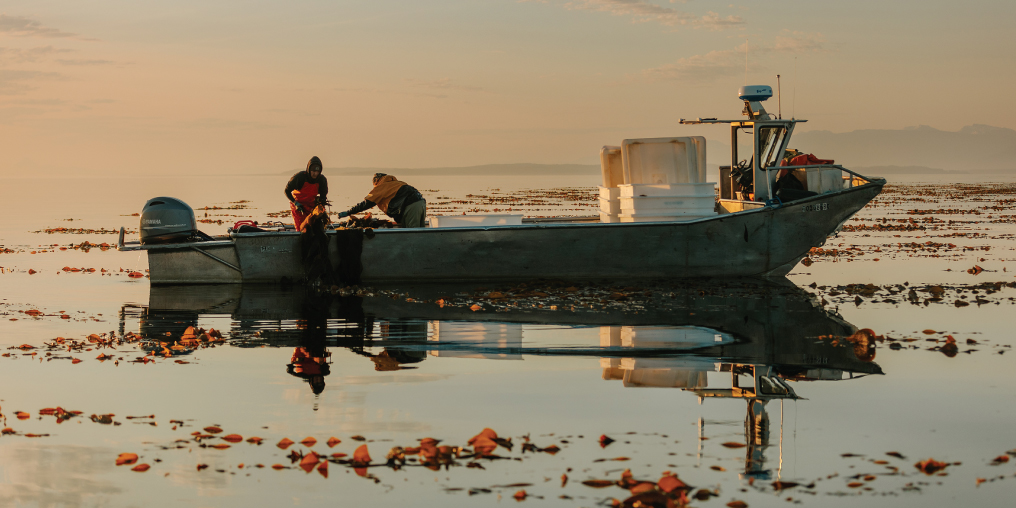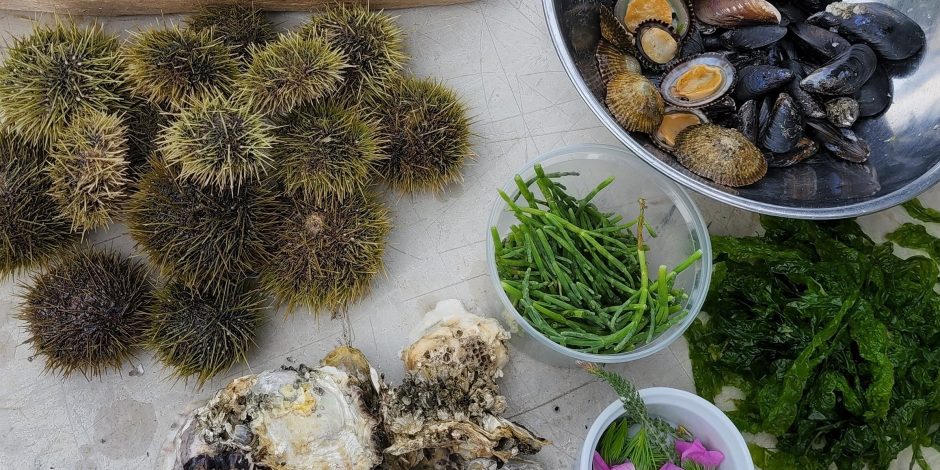Ancient DNA (aDNA). The term immediately brings to mind visions of dinosaurs, ancient civilizations, megafauna, and other extinct mammals and plants. The ability to dig (literally) into these times is exactly what a new research centre at the Hakai Institute’s Quadra Island ecological observatory aims to do.
Since 2002, the Hakai Institute has been uncovering the scientific nuances of our region. The Institute is the research arm of the Tula Foundation, a BC charitable organization rooted in science, technology, collaboration, and public interest, with a lab on Calvert Island and another on Quadra. Alongside the Hakai Institute, the Tula Foundation, started by Eric Peterson and Christina Munck in 2001, has four other divisions: the Quadra Centre for Coastal Dialogue, the Hakai Media team, Tula Health, and the Ocean Decade Collaborative Centre.
On Quadra, their ecological observatory encompasses everything from a wet lab, dry lab, genomics lab, and mesocosm experimental chambers, to a weather station, ocean acidification lab, cabled seafloor observatory, and archaeology lab. Such consistent and widespread scientific research in our locale highlights what an incredibly rich region we live in. Now, the observatory’s new aDNA lab will further uncover how this region has changed over thousands of years. These learnings from the past may help to inform us about shifts in flora, fauna, and landscape, and what similar shifts we might expect in our rapidly changing climate.
The observatory’s archaeological team was the catalyst for the new lab, fuelled by a want to investigate beyond the traditional archeological identification methods. The team became interested in new methods of analyzing aDNA—as far back as 10-14,000 years ago—trapped in land, lake, and marine sediment layers. This research method will allow them to compare the age of a sediment layer through carbon-dating something like wood with the flora and fauna found in the same layer like salal, pine, wolves, and bear, through microscopic bits of aDNA found in bones and other organic material.
While visualizing life thousands of years old might be mind-boggling to most of us, that’s exactly what the lab does: “We can create whole genomes from these ancient samples,” shares one of Hakai’s ecological and ancient genomics research scientists, Linda Rutledge. “We can take a sample from 14,000 years ago and understand if it’s an extinct species and whether it relates to species still here—as well as whether we have a loss of genetic diversity from 14,000 years ago to now.”
As Rutledge explains, researchers do this for each sediment layer: “We say, well we have DNA evidence of these plants and animals in this spot 14,000 years ago, and then we take a sample closer to the surface in the sediment core—from 8,000 years ago—which has a different mix.” They then review the climate record over that time period to see what correlations there may be between climatic changes and the types of flora and fauna that either thrived or ceased to exist. And, because some of these ancient periods had incredibly similar climates to what is being predicted for our impending future, this work may help us to understand what’s in store and how we might prepare. “This work helps us predict how ecosystems might shift in response to current and upcoming climate change patterns,” Rutledge shares further. “There are historic examples of instant shifts in the types of animals and plants with changing climatic conditions.”
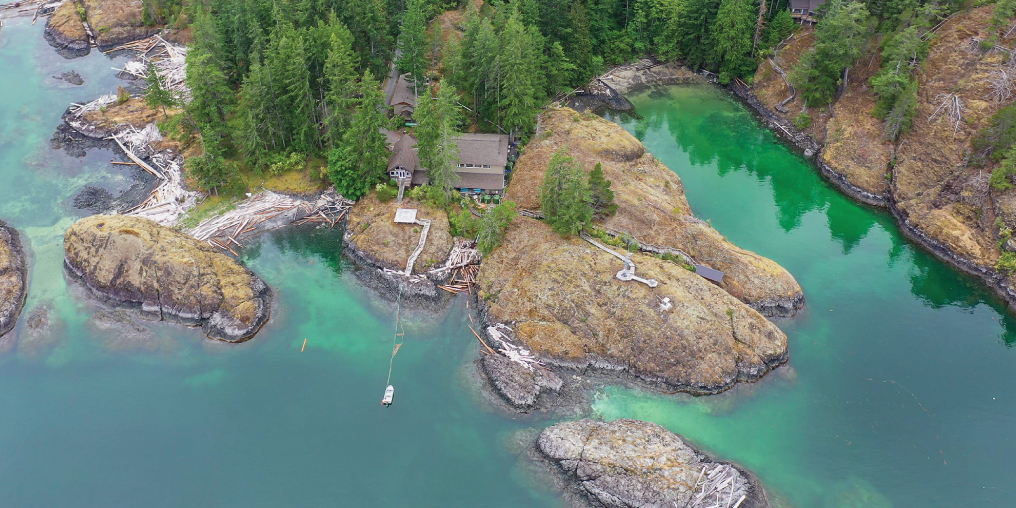
But how did the Hakai Institute come to have its very own aDNA lab? In 2010, the aDNA lab at the Center for GeoGenetics at the University of Copenhagen made headlines. Their lab was the first to successfully create an ancient human genome: a 4,000-year-old Greenlander. Since then, there has been a genome of a 24,000-year-old boy in eastern Siberia, and most recently (last year) and somewhat unfathomably, the oldest DNA sample yet to be found on earth at two million years old was discovered in Greenland.
With his curiosity piqued, Hakai scientist Chris Hebda went to visit the Copenhagen lab. His experience there led to Hakai deciding to build their own—rooted in a baseline inclination to be self-reliant in sourcing data and analysis, but also a drive to answer questions around ancient coastal migration patterns, shifting coastlines, and glacial refuge specifically in our local region.
Although the lab won’t explicitly analyze human aDNA, research in flora and fauna could still shed light on historic human migration. Understanding where glaciers used to be means researchers can then map out areas where there wasn’t ice and, therefore, where humans were more likely to have travelled and rested. They can then look for signs of humans in these areas through proxies like faunal remains, sediment DNA, and middens.
“The new lab and new approaches developed over the last few years will propel us into a different area of research, and rapidly expand our research programs,” says Rutledge. A day in the lab can look like data analysis, reading updates in the scientific field, writing, and planning with collaborators. “We’re all really passionate about what we do. Not many of us think in a 9-5 type of framework—it can be hard to leave,” Rutledge laughs.
Although the lab had only just begun processing samples at the time of writing in May 2023, it had already celebrated a very exciting development. One of the Institute’s archaeologists had discovered a dozen 14,000-year-old mammal bones at a local cave site, and processing them was the lab’s very first job. Not too much could be said beyond that they were “really well-preserved bones” and the “results were looking very promising” despite it often being very hard to gather DNA from that age of bone. “I was just looking at the results this morning … and I was shocked!” Rutledge shares incredulously.
The possibility for further discovery in our region feels somewhat mythical. Yet, there is hope that, in understanding our past, we can better navigate our future.
To stay updated on the aDNA lab’s new research, follow @hakaiinstitute, go to hakai.org, read Hakai Magazine, and keep an eye out for their published research.

